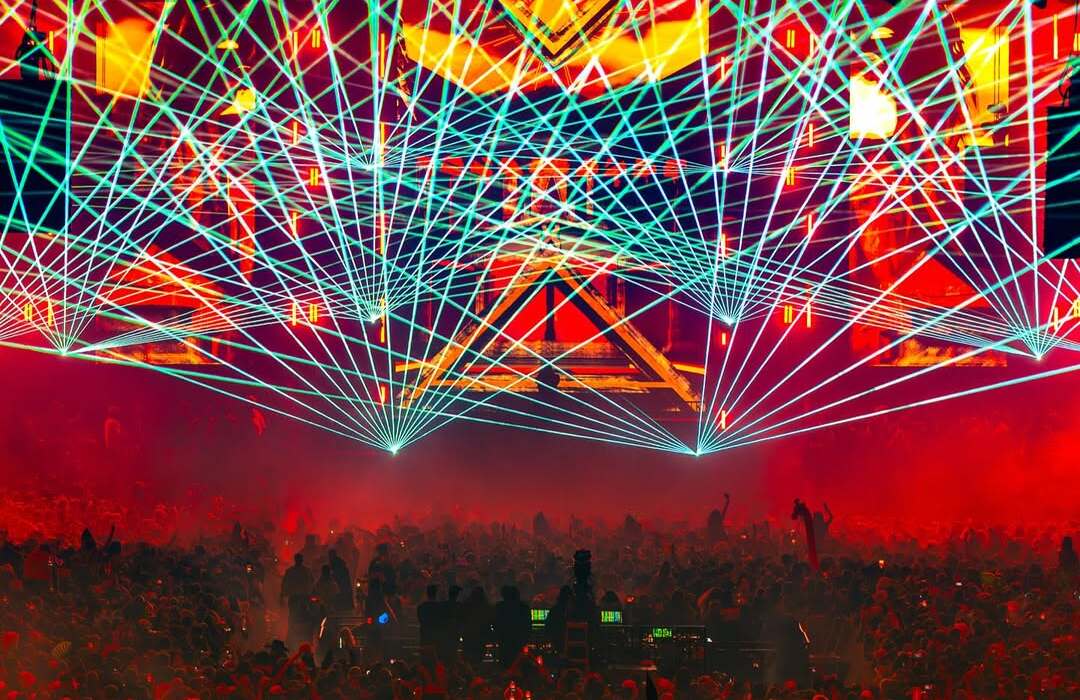In Dragon Ball, Goku is portrayed -- along with the rest of his world -- in a far more mystical light. Magic is far more abundant in the series, with objects like the Power Pole, the Nimbus Cloud, and plenty of others contrasting against the more mechanically-minded characters of the show, such as Bulma or the Red Ribbon Army. Given the references the series made to the classic Chinese fantasy novel Journey into the West -- notably Goku's monkey tail and happy attitude tying him to one of that story's protagonists, Sun Wukong -- Goku and his ability to become a Giant Ape seemed to make him magical too.
However, this was revealed to be false in the earliest chapters of Dragon Ball Z, when the now-adult Goku learns he's actually of alien origin, one of the last of the Saiyan race left in the universe. Largely speculated to be an outright retcon of earlier facts, series creator Akira Toriyama confirmed as much years ago -- proving not every retcon has to be poorly received.
Released in 2019, Dragon Ball: A Visual History delves into the history of the franchise while showcasing classic (and sometimes largely unseen) art from across the course of Goku's adventures. The book also includes a reprint of a comic Toriymama made for the 1989 Dragon Ball Z Anime Special release. In it, he confirmed that the revelations about Goku's origins had indeed been tweaked during the development of Dragon Ball Z. "Keep this on the down-low," Toriyama explained, "but when it all started, I didn't plan for Goku to be an alien who could turn into a giant ape. I impressed myself with how smoothly I jammed in that retcon. If this makes me seem like an author who half-asses things, you'd be exactly right... but not really."
"Despite how it seems, I think real hard about all this stuff. I mean, of course, I do. I'm a pro, after all... However, driving ahead haphazardly without a concrete plan was thrilling and not altogether bad. I would alter the story here and there to fit the situation, often without a clue about what might come next. Talk about pulse-pounding excitement."
This kind of kinetic energy helped give Dragon Ball a pace and willingness to be constantly changing -- which is especially reflected in Dragon Ball Z, as the addition of aliens into the universe ended up leading to a whole host of new elements. Toriyama even reportedly went back and forth on how long he believed the series should last, with the creator always prolonging the series beyond his original ideas, including with the addition of aliens.
The retcon that Goku's abilities stem from his alien attributes opened up a whole new world for the character and his friends -- who at this point had more or less become the most powerful figures on their planet and needed escalating threats to continue raising the tension. In addition, this retcon allowed other figures -- such as Kame, Demon King Piccolo and his subsequent spawn, the (eventually) heroic Piccolo -- to be given their own sci-fi elements that expanded their histories as well.
Despite flying in the face of the more mystical tone of the original Dragon Ball, this retcon opened up the series to more planets, techniques and conflicts. It's also the only reason the series got the chance to introduce characters who would become significant parts of the franchise, such as Vegeta, Frieza, Jaco and countless others.
While retcons may often be considered a cheap tactic to be used by writers who want to tweak the world they've created, it can frequently lead to a new sense of invention and fresh life being breathed into a property. By expanding the universe of Dragon Ball to include sci-fi elements, the franchise continued to grow as it transitioned into Dragon Ball Z and became a far more broad and expansive world. Without this retcon, Dragon Ball may have never reached the heights it's achieved in the 30 years it's been in circulation.


